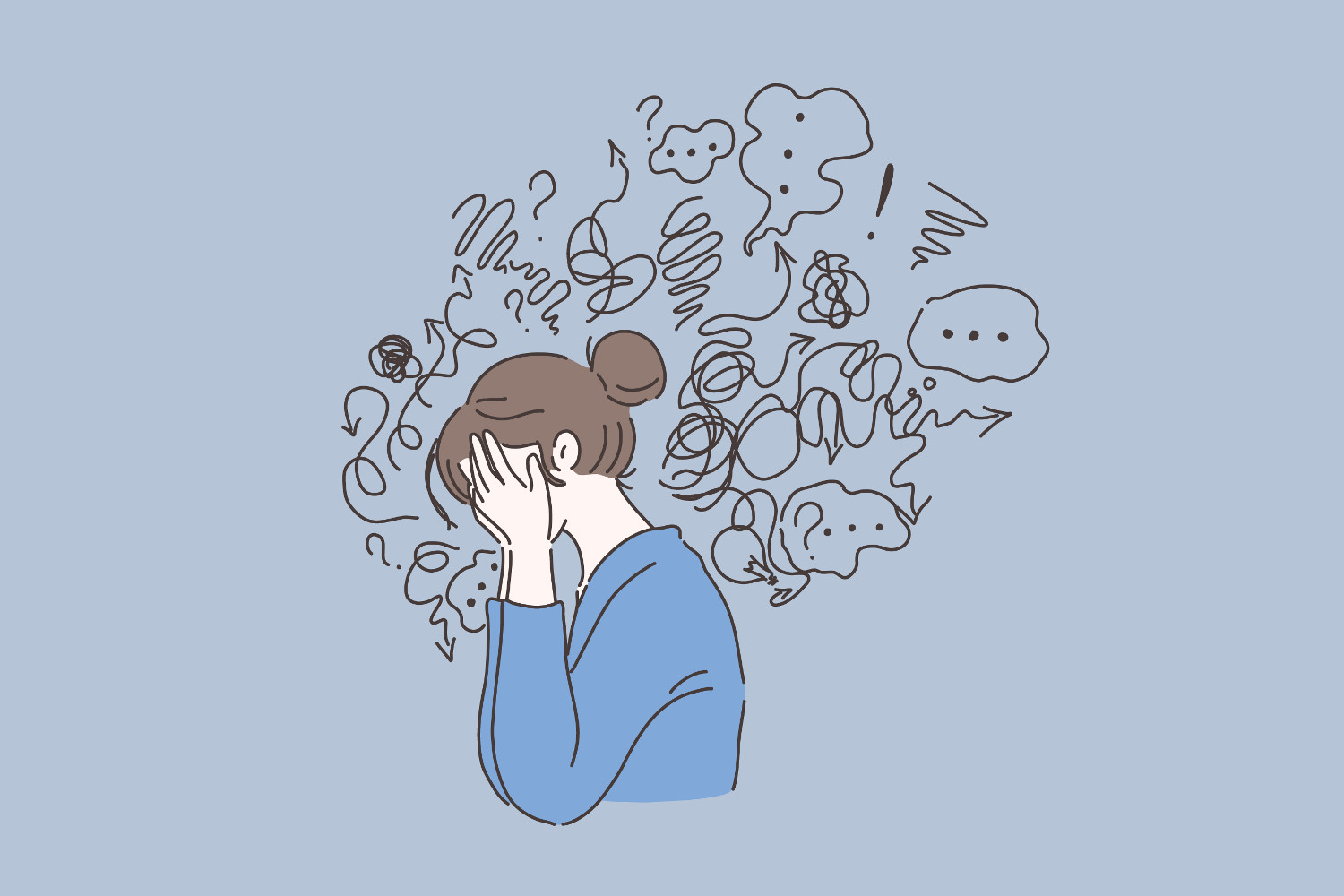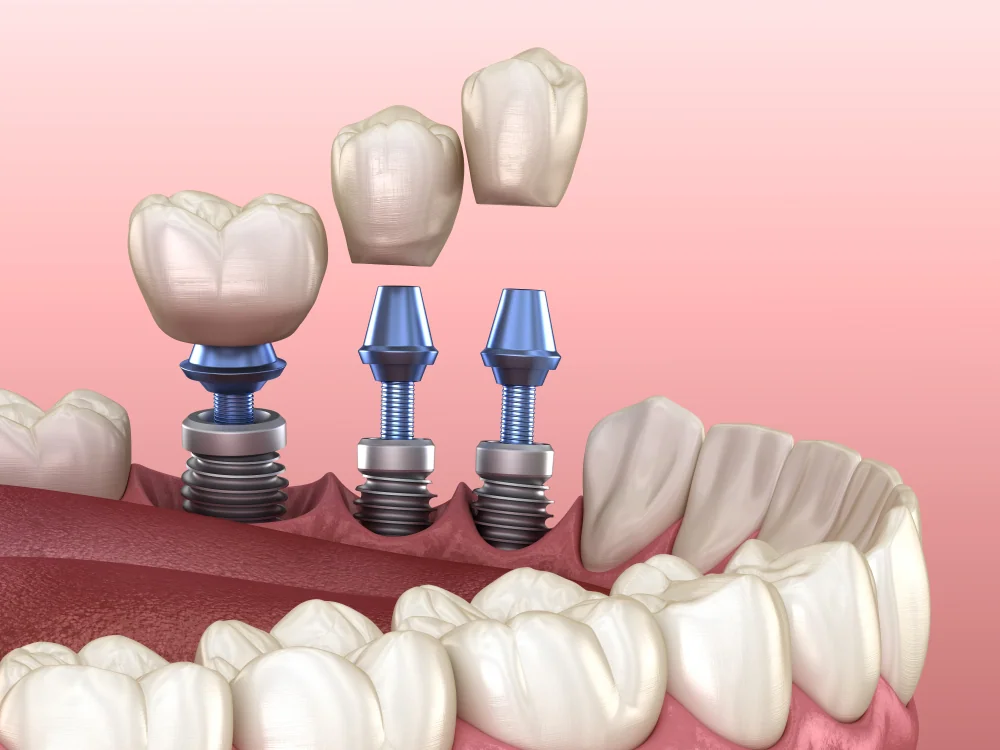The Power of Therapy: A Guide for Depression, Anxiety, and PTSD
- Posted on Nov. 7, 2023
- Health
- Views 67
The Centers for Disease Control and Prevention in the US outlines that more than 1 in 5 people in the United States struggle with mental health conditions. Luckily, therapy for depression and anxiety is a treatment tool for people who struggle with mental issues. Let’s discover what opportunities it opens, and how to choose the right approach.
Read More

Understanding the Essence of Therapy
What is therapy? In essence, psychotherapy serves as a process where individuals, couples, or groups collaborate with trained and licensed professionals. This collaboration aims to address emotional, psychological, or behavioral challenges. Alex Anderson-Kahl, a nationally certified school psychologist hailing from Columbia, Missouri, says that therapy is a “structured, guided interaction led by mental health specialists”.
Now, why do people seek therapy? Here are some common reasons:
- Grief or Loss: Coping with the loss of a loved one, or enduring grief.
- Stress: Navigating the strains of life, whether from work or home.
- Sleep Problems: Wrestling with sleep disturbances that impede daily functioning.
- Mood Fluctuations: Experiencing persistent low or erratic moods.
- Anxiety: Battling excessive, unwarranted worrying.
- Trauma: Confronting traumatic events and their aftermath.
- Mental Health or Behavioral Concerns: Seeking help when facing suspected mental health or behavioral conditions.
Therapy is a deeply personal journey, and the choice of the right approach is essential for each person.
Therapy Types
Let's navigate the tapestry of therapy modalities. It is important to understand that there is no right and wrong approach, each school serves the needs of people with different mentalities.
Cognitive Behavioral Therapy
Cognitive Behavioral Therapy addresses faulty or unhelpful thinking patterns. It aims to facilitate improved mental health outcomes and enhance an individual's ability to independently cope with future challenges. This approach is used to treat:
- Anxiety disorders
- Depression treatment
- Bipolar disorder
- PTSD
- OCD
- Marital difficulties
- Eating disorders
- Substance abuse issues
Behavioral Therapy
Behavioral therapy focuses on identifying specific behaviors and then employing reinforcement, rewards, and behavior modification techniques to replace unwanted behaviors with positive alternatives. Some core strategies include desensitization, which exposes individuals to their fears or phobias to gradually lessen anxiety, and aversion therapy, which fosters a repulsion to certain undesirable actions. This form of therapy is particularly effective for:
- Addictions
- Anger management
- Depression
- Phobias
- ADHD
- Autism spectrum disorders
Humanistic Therapy
Humanistic therapy places great emphasis on an individual's capacity to make rational decisions and take control of their existence. Also known as client-centered therapy, this approach underscores personal growth and self-actualization. In this therapeutic avenue, individuals are encouraged to take the lead, while therapists provide a supportive, non-judgmental environment for self-exploration. Various approaches fall under the humanistic therapy umbrella, including:
- Client-centered therapy empowers individuals to explore their thoughts and feelings independently.
- Existential therapy delves into the anxiety surrounding life, death, and personal free will.
- Gestalt therapy encourages individuals to embrace the present and take responsibility for their actions.
Psychodynamic Therapy
Psychodynamic therapy is rooted in probing the unconscious motivations and reasons behind one's actions. This method dives deep into the belief that present-day mental struggles often stem from unresolved, unconscious conflicts, primarily rooted in childhood. The ultimate goal is to bring these unconscious elements into the conscious realm, providing individuals with insights into their inner workings and sharpening their defense mechanisms. Notable strategies within psychodynamic therapy encompass self-reflection, self-examination, and exploring patterns in the therapist-patient relationship. This therapeutic avenue proves most effective for managing:
- Depression
- Anxiety
- Panic disorders
- Stress-related issues
- Individuals seeking to delve into past experiences, recurring patterns, or deep-seated concerns
Additional Approaches
While the aforementioned therapies offer potent tools for individuals, there are several other notable options to consider. These include:
- Dialectical Behavior Therapy: this one works on interpersonal effectiveness. This approach approach was initially designed for individuals with suicidal behavior but has been effectively utilized to address various unhealthy behaviors.
- Activity-Based Therapies: Art therapy employs creative processes to explore feelings and address emotional issues.
- Acceptance and Commitment Therapy: ACT involves creating distance from challenging thoughts. Techniques include visualizing these thoughts in unusual ways.
- Eye Movement Desensitization and Reprocessing: EMDR is an interactive psychotherapy technique designed to relieve psychological stress. It involves recalling traumatic memories while focusing on a sound or movement, aiming to transform the experience of trauma.
Selecting the Right Therapy for You
After exploring the range of approaches, the next step is to determine the therapy that aligns best with your specific needs. As Alex Anderson-Kahl aptly reminds us, various mental health struggles might be better addressed by specific therapeutic methods, but therapy therapy is not one-size-fits-all. Some patients need physical medication like ect treatment, while for others a good talk may be a relief. If one approach doesn't resonate with you, keep an open mind and be willing to explore other options.


